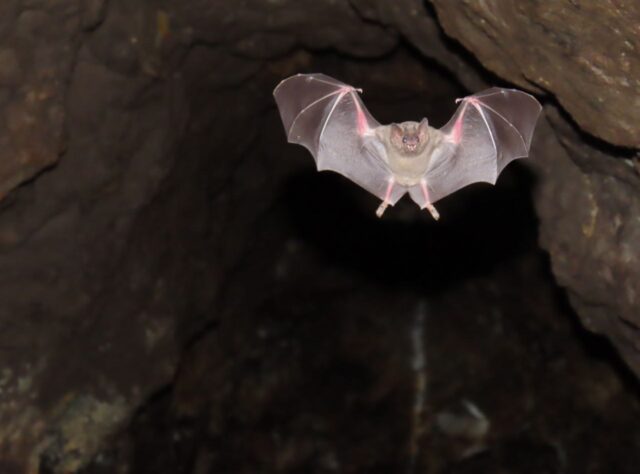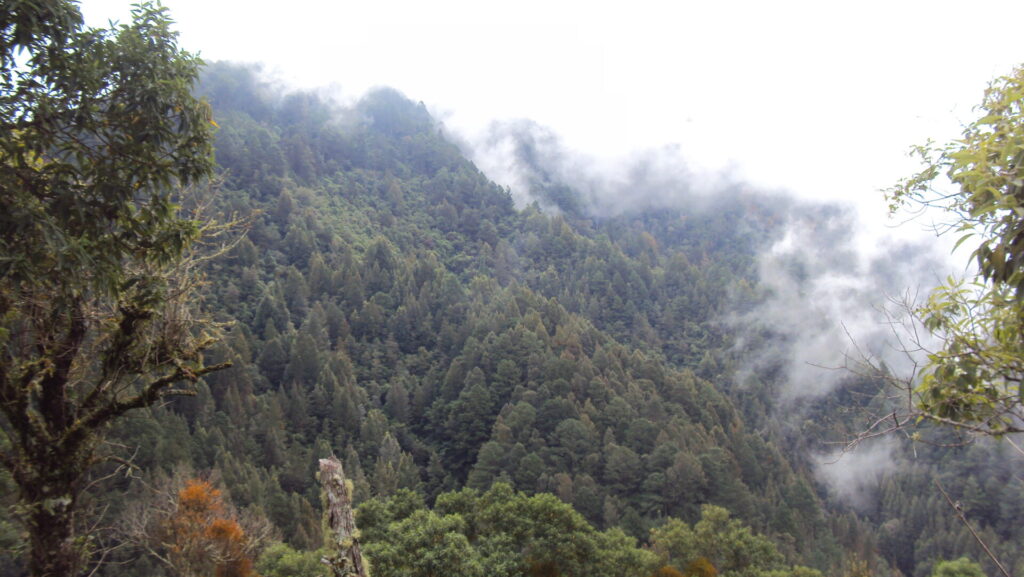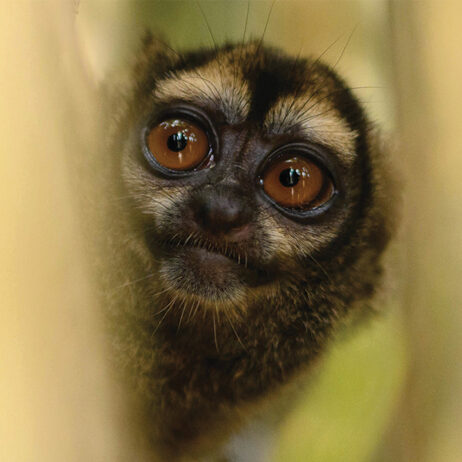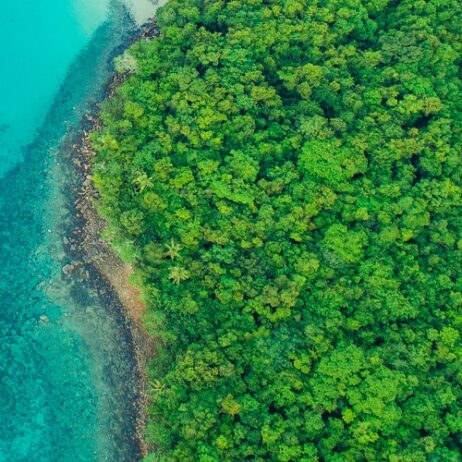
The Hairy-legged Vampire Bat of Honduras (Diphylla ecaudata). Credit: Ángel Zúniga
Whether Least Concern (LC) or Critically Endangered (CR), all species within an ecosystem are vital and conservation must not wait until a species is in peril to act. One such species is the Hairy-legged Vampire Bat (Diphylla ecaudata, LC) that inhabits the mountains of western Honduras’s Trifinio region.
These nocturnal predators thrive in the cool, mist-shrouded cloud forests of Honduras where thick vegetation and abundant birdlife create ideal hunting conditions. Our 2025 spring appeal: Save the Cloud Forests of Honduras supported our partner Asociación Ecológica de San Marcos de Ocotepeque (AESMO) to safeguard 91 ha of this captivating ecosystem and you can help us continue by donating today or becoming a WLT Friend.

The cloud forests of Honduras are home to the Hairy-legged Vampire Bat and many other species protected by WLT-partner AESMO. Credit: AESMO
Specialist Blood Feeders: Unlike the Common Vampire Bat (Desmodus rotundus), which often feeds on mammals, the Hairy-legged Vampire Bat specialises in drinking bird blood. Using heat-sensitive sensors on their noses, they can locate the warmest spots on a bird’s body to make a precise, painless incision.
Feathery Preferences: While birds are their preferred prey, habitat changes sometimes force these bats to adapt. In agricultural areas, they may target domestic poultry — an unusual shift that highlights their resilience in altered environments.
Night-time Navigation Masters: The Hairy-legged Vampire Bat uses a combination of echolocation, memory, and heat detection to find their meals. Once they identify a reliable feeding site, they will often return night after night.
Social Bonds: These bats roost in small, social groups, often in hollow trees, caves, or even abandoned buildings. They engage in food-sharing behaviours, where well-fed individuals regurgitate blood meals to help less successful roost-mates survive.
Masters of Microclimates: These bats show a preference for cool, humid environments at higher elevations. However, researchers have also found them in secondary forests and cattle pastures as they adapt to deforestation.
There are lots of ways for you to make an impact with us. You can make a regular donation to our Action Fund as a WLT Friend; support a core programme like Keepers of the Wild; balance your emissions through Carbon Balanced; or even Buy an Acre or Plant a Tree on behalf of a loved one.


